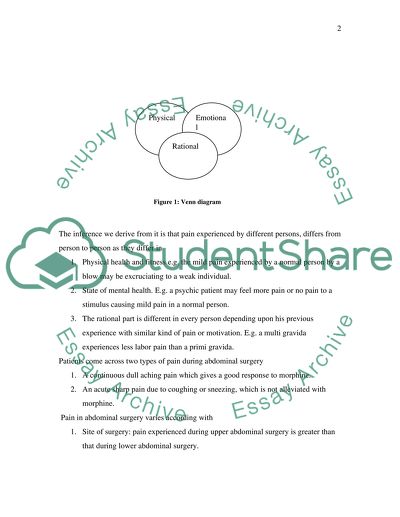Cite this document
(“Preoperative Nursing Intervention Book Report/Review”, n.d.)
Preoperative Nursing Intervention Book Report/Review. Retrieved from https://studentshare.org/health-sciences-medicine/1499656-preoperative-nursing-intervention
Preoperative Nursing Intervention Book Report/Review. Retrieved from https://studentshare.org/health-sciences-medicine/1499656-preoperative-nursing-intervention
(Preoperative Nursing Intervention Book Report/Review)
Preoperative Nursing Intervention Book Report/Review. https://studentshare.org/health-sciences-medicine/1499656-preoperative-nursing-intervention.
Preoperative Nursing Intervention Book Report/Review. https://studentshare.org/health-sciences-medicine/1499656-preoperative-nursing-intervention.
“Preoperative Nursing Intervention Book Report/Review”, n.d. https://studentshare.org/health-sciences-medicine/1499656-preoperative-nursing-intervention.


